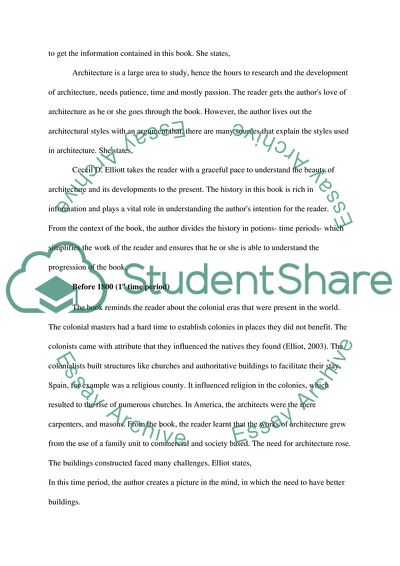Cite this document
(“The American Architect from the Colonial Era Book Report/Review”, n.d.)
The American Architect from the Colonial Era Book Report/Review. Retrieved from https://studentshare.org/history/1785336-name-of-book-the-american-architect-from-the-colonial-era-to-the-present
The American Architect from the Colonial Era Book Report/Review. Retrieved from https://studentshare.org/history/1785336-name-of-book-the-american-architect-from-the-colonial-era-to-the-present
(The American Architect from the Colonial Era Book Report/Review)
The American Architect from the Colonial Era Book Report/Review. https://studentshare.org/history/1785336-name-of-book-the-american-architect-from-the-colonial-era-to-the-present.
The American Architect from the Colonial Era Book Report/Review. https://studentshare.org/history/1785336-name-of-book-the-american-architect-from-the-colonial-era-to-the-present.
“The American Architect from the Colonial Era Book Report/Review”, n.d. https://studentshare.org/history/1785336-name-of-book-the-american-architect-from-the-colonial-era-to-the-present.


